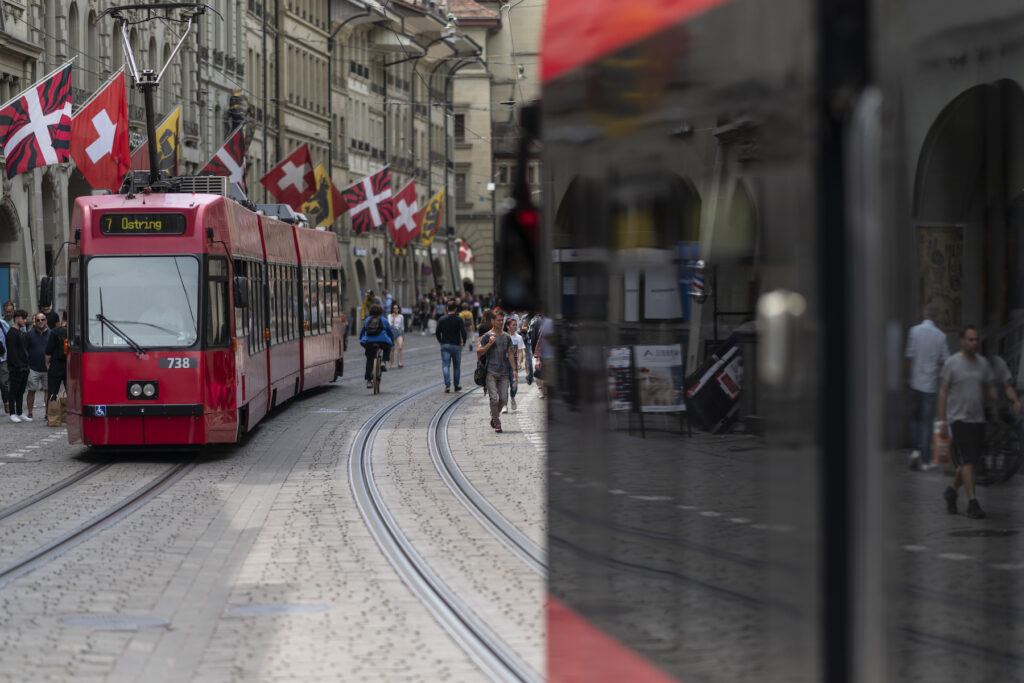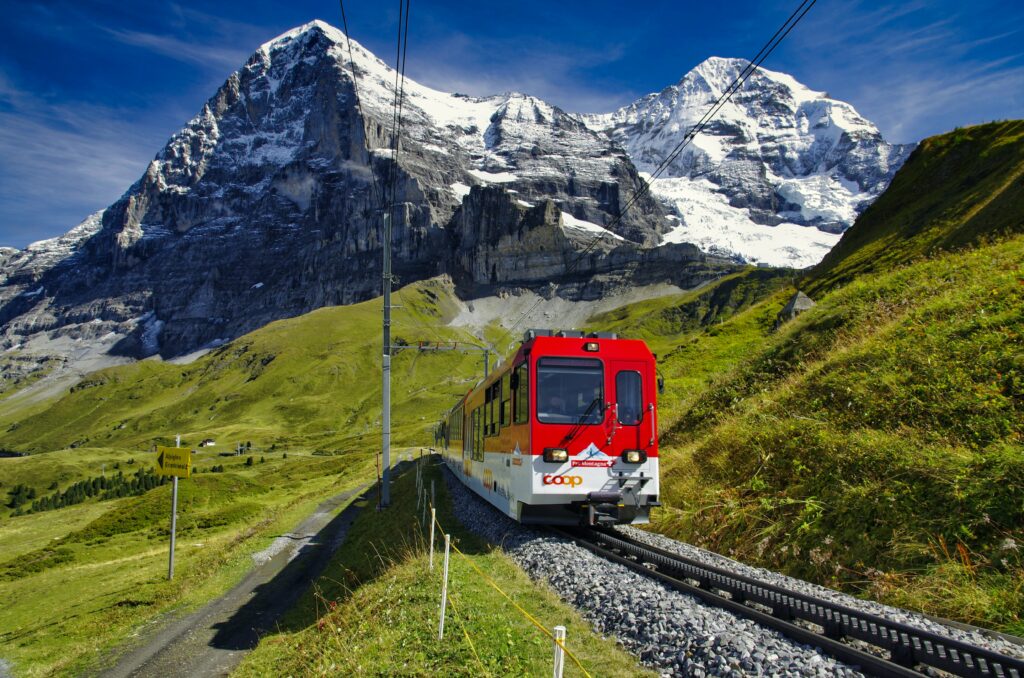mar, 2 mai 2023

(Keystone SDA) The public transport industry has set itself high energy-saving targets: it intends to increase its energy efficiency by 30% by 2050. In addition, it wants to be completely CO2-neutral by 2040, as the public transport association (APT) announced this week.
With its own energy strategy, the public transport industry wants to contribute to the successful implementation of the Federal Energy Strategy 2050, the Association of Public Transport wrote in a statement. Because public transport is part of the solution: although it covers 24% of passenger traffic and 37% of freight traffic, it is only responsible for 5.5% of energy consumption in the transport sector, according to the report.

The association relies on various pillars to implement its strategy: for example, energy efficiency is to be increased in all areas – from transport to infrastructure to real estate. “We are aiming for an increase in energy efficiency by 30%,” ATP President Renato Fasciati said. By 2035, this should be increased by 15% compared to 2022.
The transport companies want to achieve this goal, among other things, by reducing the consumption of drive energy. Optimized timetables or driver assistance systems that promote energy-efficient driving and prevent unnecessary stops could contribute to this. Heating, ventilation and air conditioning are also to be optimized.
In addition, those involved in public transport should promote the production of renewable energy. The railways have their own hydroelectric power plants and already get more than 90% of their electricity needs from renewable sources.
“In the coming years, the complete conversion to sustainable and renewable energy should take place,” says the report. This is to be achieved, among other things, by investing in solar systems on the land of the transport companies. Corresponding projects are implemented on an ongoing basis.

After 2040, only environmentally friendly drive technologies should be used on both rail and road. In public road traffic, the changeover is already underway. However, the transport companies are dependent on favorable regulatory and financial framework conditions.
Because the financing of vehicles with environmentally friendly drives is significantly more expensive than for conventional diesel buses. In addition, the planning and construction of charging infrastructure and the supply of the depots with sufficient energy is very expensive and involves complex processes.
Only in shipping is “timely” CO2-neutral renewal difficult, the ATP is concerned. Although the first smaller ships have been converted. But there is still no CO2-neutral, renewable drive technology for large scheduled ships. In addition, some of these ships are over 100 years old.
Ultimately, the ATP wants to work to overcome the stagnation in the share of public transport in total traffic. To do this, the public and politicians would have to be shown the advantages of public transport through active communication. Public transport companies are determined to achieve these goals and are well positioned to do so, it said.
Cet article a été reproduit avec l'autorisation de Keystone SDA.
